Hidden Survivors: Inside the World’s Most Incredible Isolated Tribes!
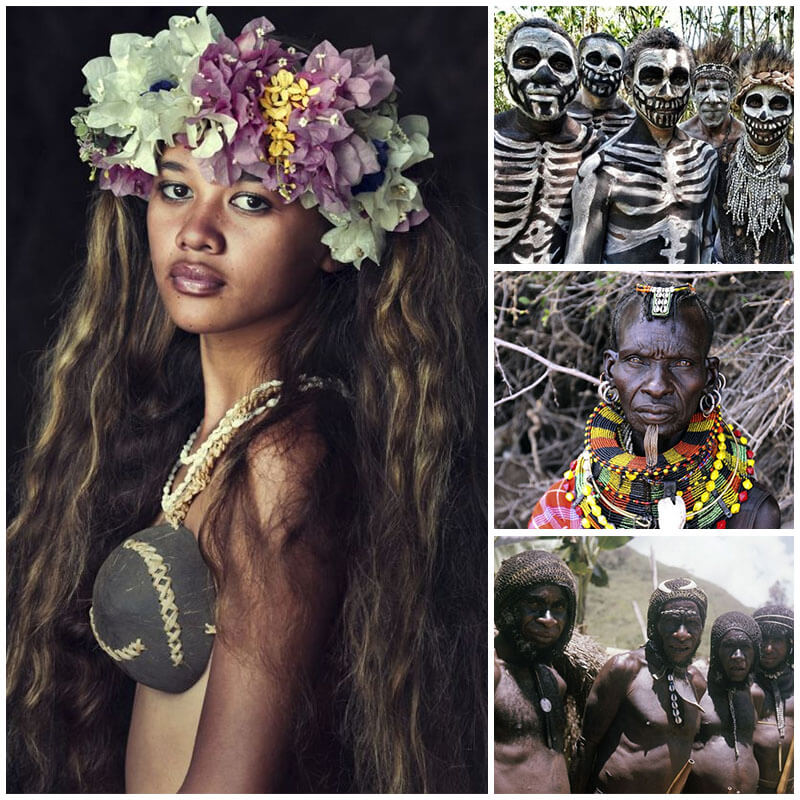
In our bustling lives, filled with the hum of technology and dizzying heights of steel-clad skyscrapers, we can often overlook the fact that, for some out there, the simple joy of ice cream or the sight of an airplane is something completely unimaginable. Luckily, some warm-hearted photographers venture beyond our known world, giving us a peek into the lives of the most secluded tribes on Earth.
Their cameras capture more than moments—they transport us to places so untouched by our urban lives that they seem to spring from another age entirely. Through these snapshots, we’re reminded of the rich tapestry of human existence and invited to lean in closer, with a smile, into the beauty of our wonderfully diverse world.
Mashco-Piro Tribe, Peru
Hidden deep within Peru’s lush Amazon rainforest, the Mashco-Piro tribe lives an enigmatic existence, largely untouched by the outside world. This elusive tribe, numbering just a few hundred, resists contact, fiercely maintaining their ancestral way of life.
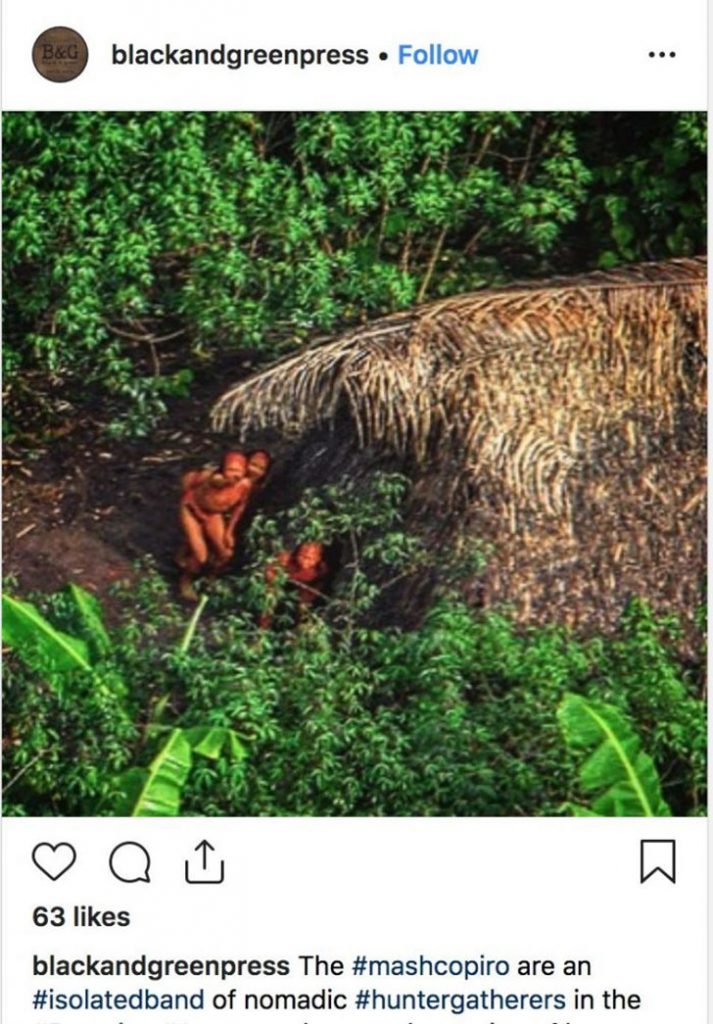
Masco-Pire is a living tapestry of the ancient world, hunting with bows and arrows and moving silently across a land time has forgotten. Encounters are rare, making every glimpse into their lives a precious peek into humanity’s untamed spirit and an ancestral past that continues to thrive in the present.
Maori Tribe, New Zealand
New Zealand’s proud Maori people carry their heritage like a cloak of honor, vibrant and alive in their fierce haka dance and intricate tattoos that tell stories of lineage and identity. With a history rich in warrior culture and a deep connection to the land, the Maori community thrives on tradition and kinship.

Māori welcome visitors with the warm ‘hongi,’ sharing their spirited customs and a history interwoven with the astounding landscapes of Aotearoa. Involvement with them links one to a legacy still prevalent in contemporary times.
Chimbu Tribe, Papua New Guinea
In the rugged highlands of Papua New Guinea, the Chimbu—or Simbu—tribe is an extraordinary spectacle of cultural complexity. Known for their mesmerizing ‘Skeleton Dance,’ members paint their bodies in elaborate patterns that emulate the skeletal framework, creating a striking visual display. These dances are not merely performances but narrations of tribal folklore and ancestral reverence.

The Chimbu’s bone-chilling body art, meant to intimidate enemies, is juxtaposed with the warm hospitality they extend to visitors—they often share local coffee and engage in the ‘mumu,’ a time-honored method of cooking food with hot stones in a pit.
Yakuts People, Eastern Siberia
Deep in Eastern Siberia, where the land stretches under a blanket of snow, the Yakuts people endure as masters of the cold. This hardy group, also known as the Sakha, thrives in one of the most unforgiving climates on Earth, with temperatures that can plummet to minus 58 degrees Fahrenheit. Their secret? A symbiotic relationship with the majestic Siberian horse, bred to survive the fierce cold.
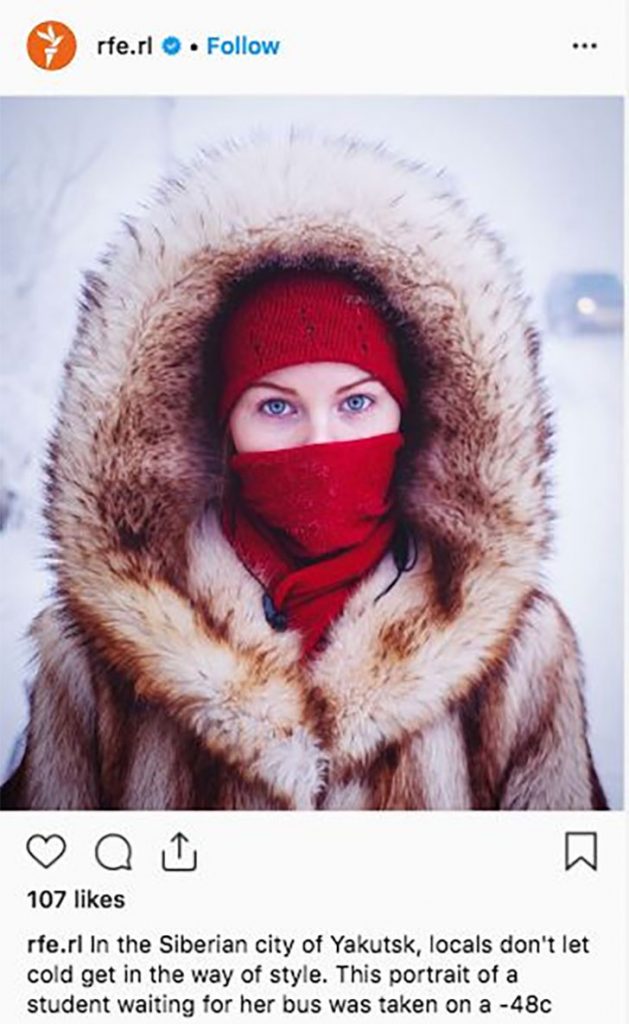
The Yakuts celebrate life with festivals that light up the icy landscape, featuring songs and dances that echo their Turkic roots. Their resilience turns a frozen world into a place of warm community ties.
Marquesan Islanders, French Polynesia
Amidst the azure embrace of the South Pacific, the Marquesan Islanders of French Polynesia preserve a culture as diverse and deep as the ocean that cradles their archipelago. Known for their detailed tattoos and carvings, among the world’s ancient art forms, they etch the stories of their fierce warrior ancestors.
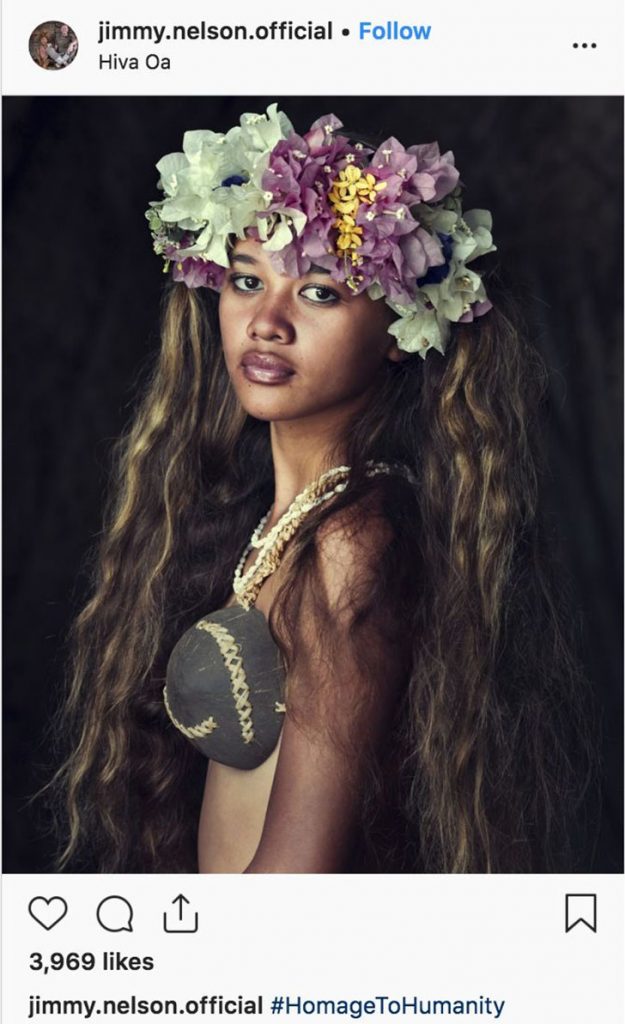
These islanders, with their flower-laden hair and easy smiles, welcome the curious with dances that sway to the rhythm of the island’s heartbeat. If you saw the Disney movie “Moana,” you’ll be impressed to learn that the Polynesians largely inspired it.
Rabari Tribe, India
Nomads of the Indian subcontinent, the Rabari, have wandered the deserts and plains of Gujarat for centuries, their history woven into the fabric of the land. Their lives are a cavalcade of color, with women donning vibrant embroidered costumes and men sporting distinctive turbans and white robes, mirroring the stark beauty of their arid home.
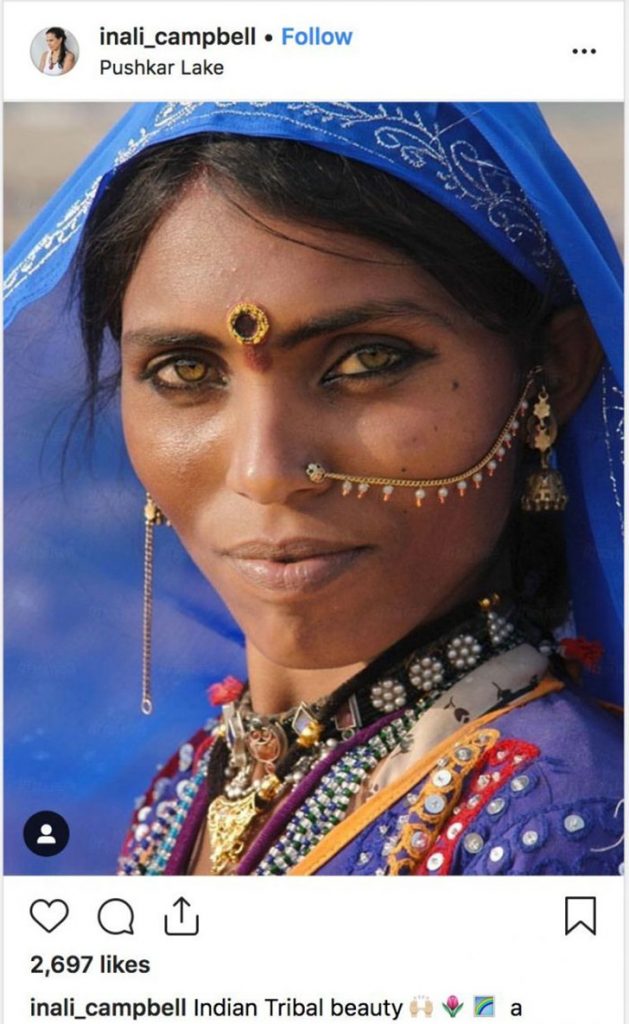
Renowned as pastoralists, the Rabari’s deep bond with camels is not just about livelihood but a profound kinship. Their society is hierarchical, with clear roles and duties assigned to each member, maintaining a lifestyle that respects age-old customs and the harsh geography of India.
Samburu People, Kenya
In the arid heart of Kenya, the Samburu people stand gracefully and live rhythmically, entwined with the pulse of the land. Shepherds of resilience they move through a landscape of thorns that shimmers under the equatorial sun. The intense colors of their attire, primarily reds, and purples, contrast against the muted tones of the surrounding earth while also serving as a visual mark to identify the wearer’s age and social rank.
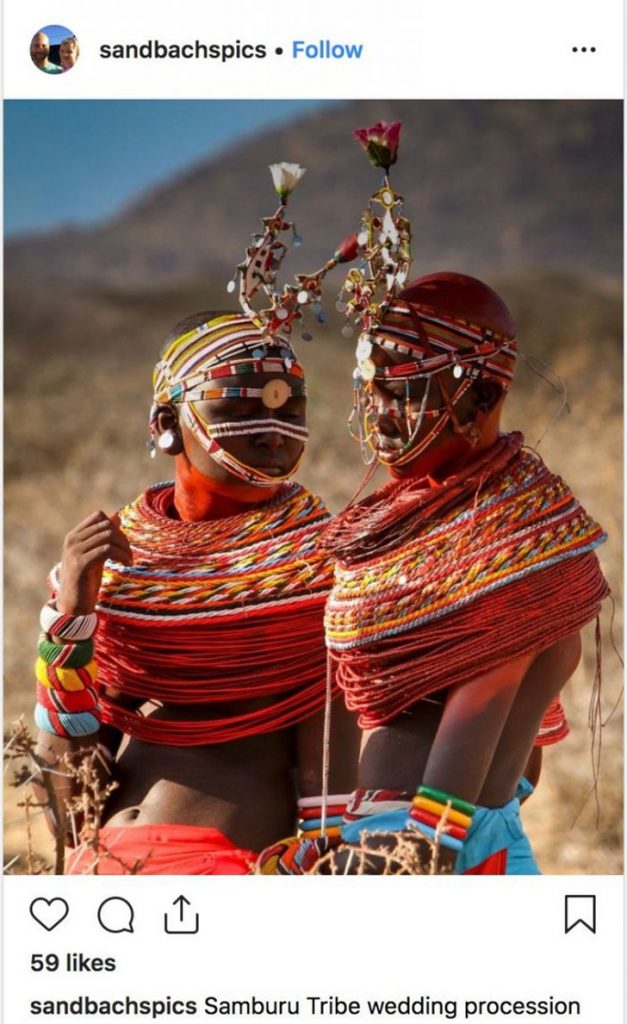
The Samburu maintain a spiritual bond with cattle, venerating animals as sacred providers. A nomadic existence, seeking pastures, allows them to exist without technology.
Himba People, Namibia
Within Namibia’s secluded Kunene region, the Himba people impart uniqueness to the terrain. Distinguished by the use of ”otjize,” a paste of butter, fat, and red ochre, with which they adorn their skin and hair, crafting a beauty standard that’s both symbolic and protective—it acts as a barrier against the burning rays of the sun.
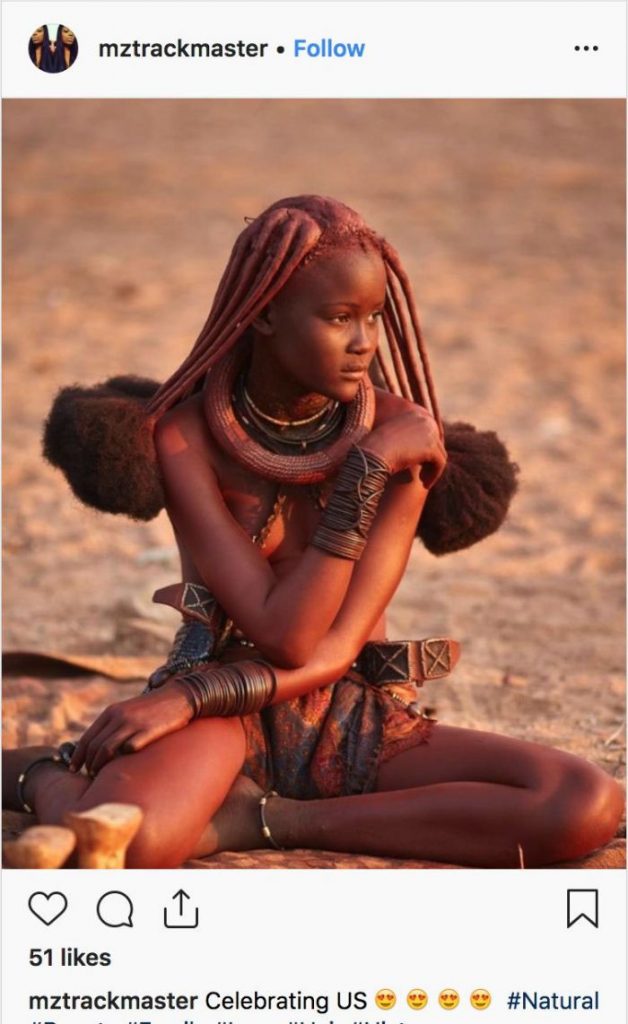
The Himba are primarily pastoralists, with goats, mules, and cows as major sources of livelihood. The hair and showy jewelry are not mere adornments but a chronicle of the events and achievements that have marked their lives.
Kayan People, Northern Thailand
The Kayan, known worldwide as the “Long Neck” hill tribe, reside in the mountainous regions of Myanmar and Thailand. Their women are famous for the distinctive brass coils they wear around their necks, a practice symbolizing beauty and cultural identity. From as young as five years old, girls begin wearing these coils, adding length over time, which creates the appearance of elongated necks.
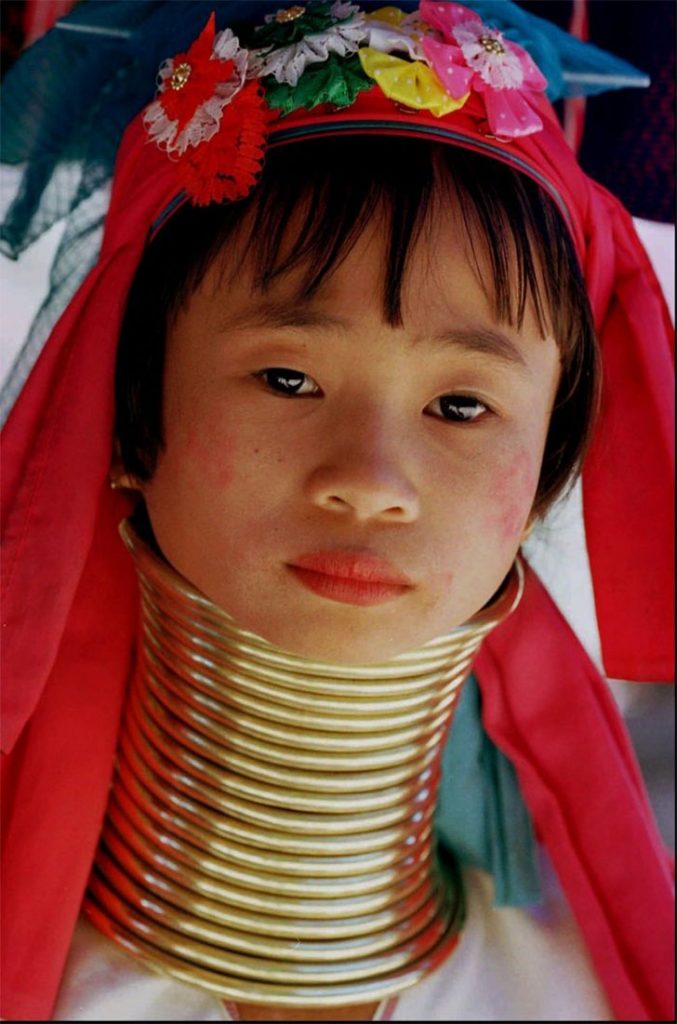
Although this body modification is their most famous attribute, the Kayan are also skilled in weaving, creating textile pieces nearly rivaling those produced in the industrial world.
Suri Tribe, Ethiopia
Nestled in the verdant lowlands of southwestern Ethiopia, the Suri tribe is a community deeply etched with the artistry of nature and tradition. Known for their fierce independence and remarkable body adornments, Suri men and women embellish their skin with intricate scars, adding beauty through patterns that signify status and allure.
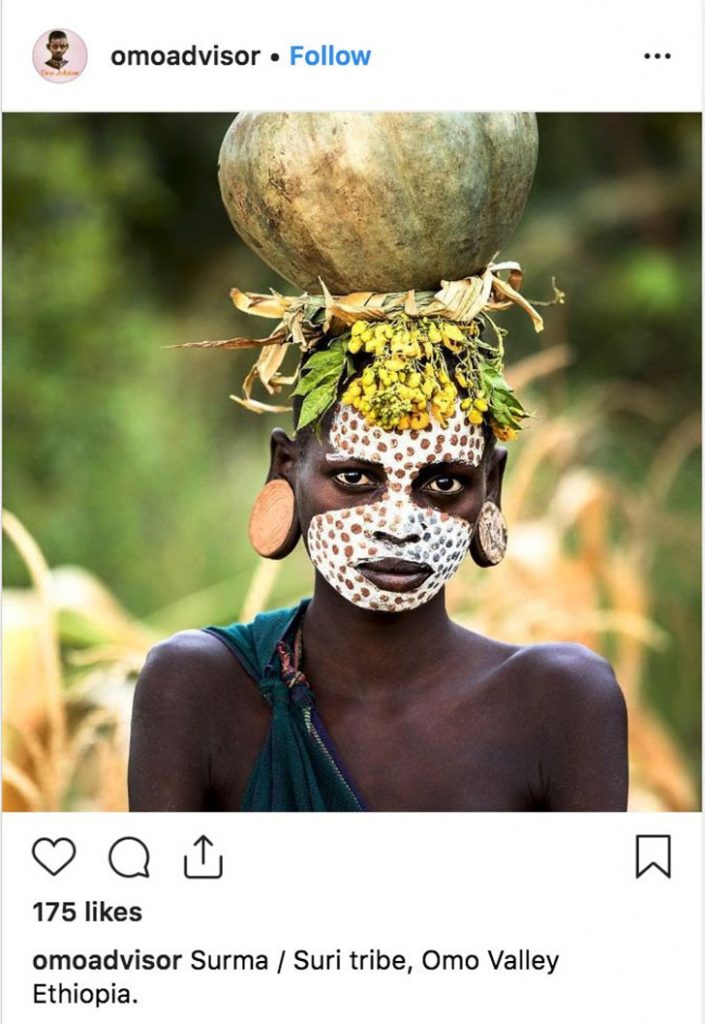
Suri warriors partake in stick fighting, known as “Donga,” a test of strength and courage that serves as conflict resolution and a rite of passage. Beauty in every scar!
Sentinelese Tribe, India
The Sentinelese tribe, ensconced on North Sentinel Island in the Bay of Bengal, are among the most hostile communities to resist contact with the modern world. Shrouded in mystery, they are an enigma, living as hunter-gatherers and fiercely safeguarding their isolation. The Indian government recognizes their desire for seclusion, enforcing a no-entry zone to protect both the tribe and outsiders.
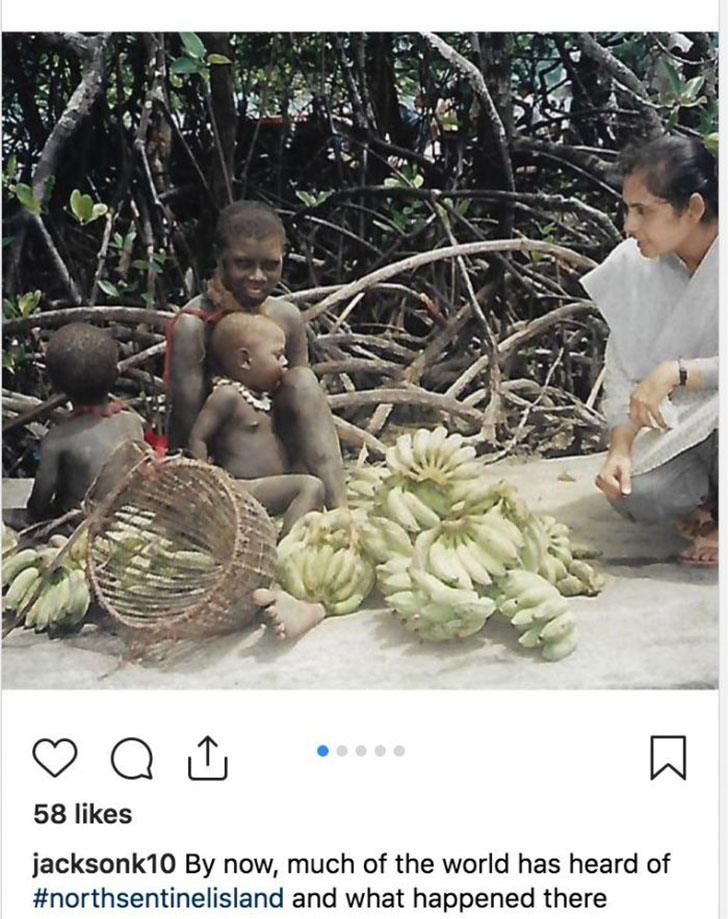
The Sentinelese’s limited interactions with intruders often consist of arrow volleys as a stern warning to keep at bay, highlighting their determination to preserve their way of life.
Bhutan People, Bhutan
The people of Bhutan, nestled in the Himalayas, are not an isolated community but a tiny country that has chosen a path of cautious engagement with the world. They famously prioritize Gross National Happiness over Gross Domestic Product, intertwining well-being with governance.
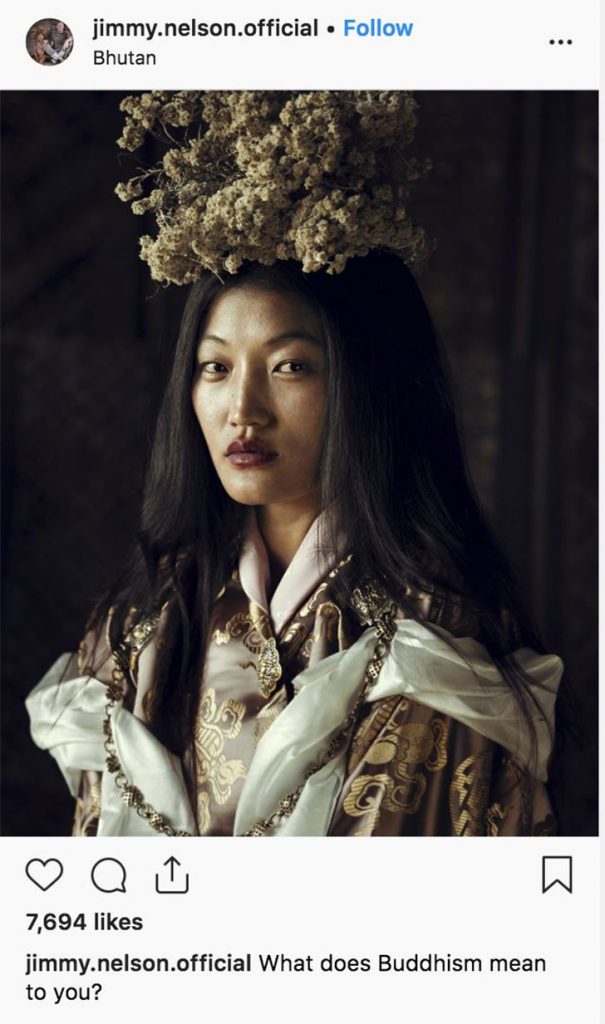
With a political model that carefully manages foreign influences to preserve cultural integrity, the Bhutanese have cultivated a way of life that cherishes simplicity, sustainability, and inner well-being. This national philosophy manifests in their warm hospitality, vibrant attire, and serene contentment from the land.
Awa Tribe, Brazil
The Awá, an elusive tribe in the Brazilian Amazon, is one of the last nomadic hunter-gatherer tribes in South America, living in deep communion with the rainforest. Their intimate knowledge of the land allows them to thrive harmoniously with the world’s most biodiverse ecosystem.
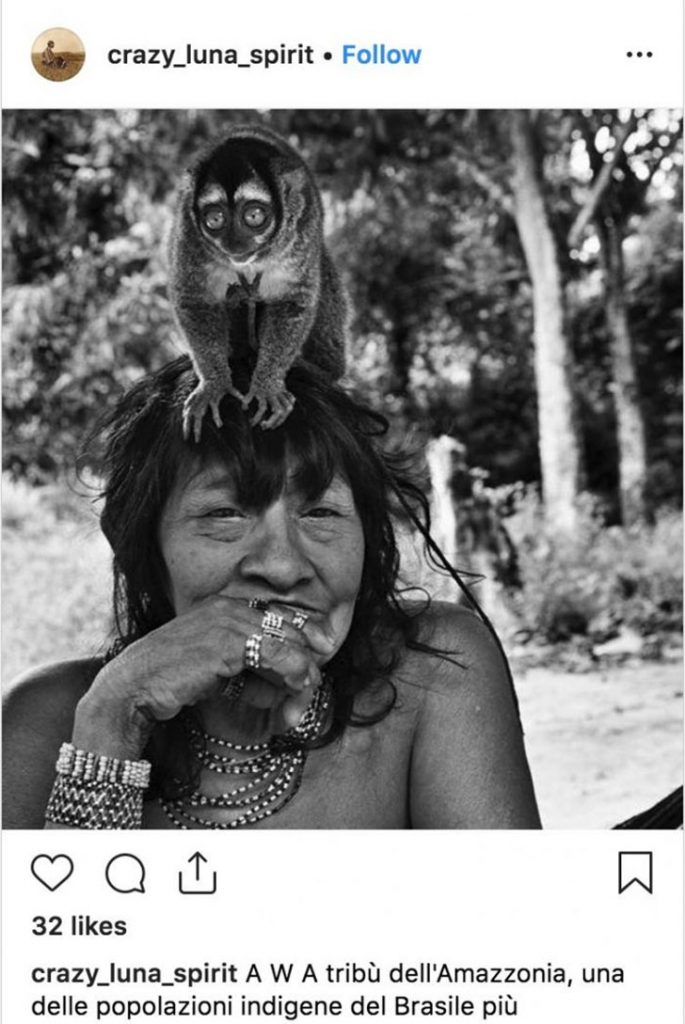
The tranquility of these guardians of the forest is threatened by deforestation and illegal mining. Yet, the Awá tenaciously hold on to their lifestyle, gliding through the wilderness and maneuvering the dense underbrush with stealth that tells of centuries of uninterrupted existence.
Yaifo Tribe, Papua New Guinea
In the secluded highlands of Papua New Guinea, the Yaifo tribe resides, an enigmatic group so remote that outsiders have seldom contacted them. Their existence was only confirmed in the late 20th century, making them a riveting subject for anthropologists.
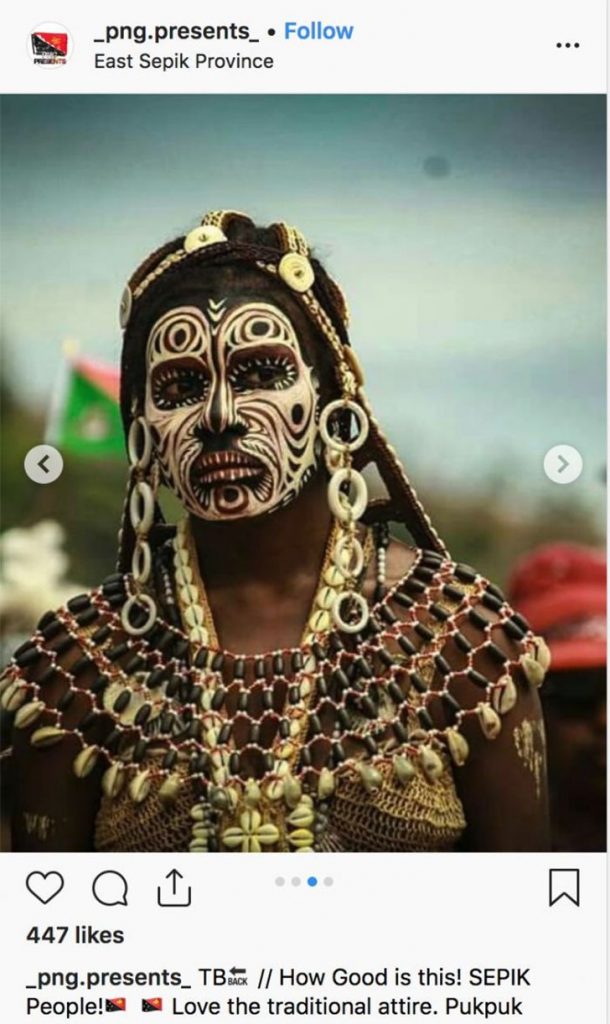
The Yaifo community resides in an environment seemingly frozen in an era long past, holding customs that puzzle the greater global society. Expertly traversing the thick forest landscape, they coexist harmoniously with a territory as treacherous as it is wondrous.
Tofa People, Siberia
Within the remote expanse of Siberia lies the secluded region of Tofalaria, home to the Tofa people, a group so small they hold the distinction of being one of the smallest ethnic groups globally—their community barely numbers in the hundreds of souls.
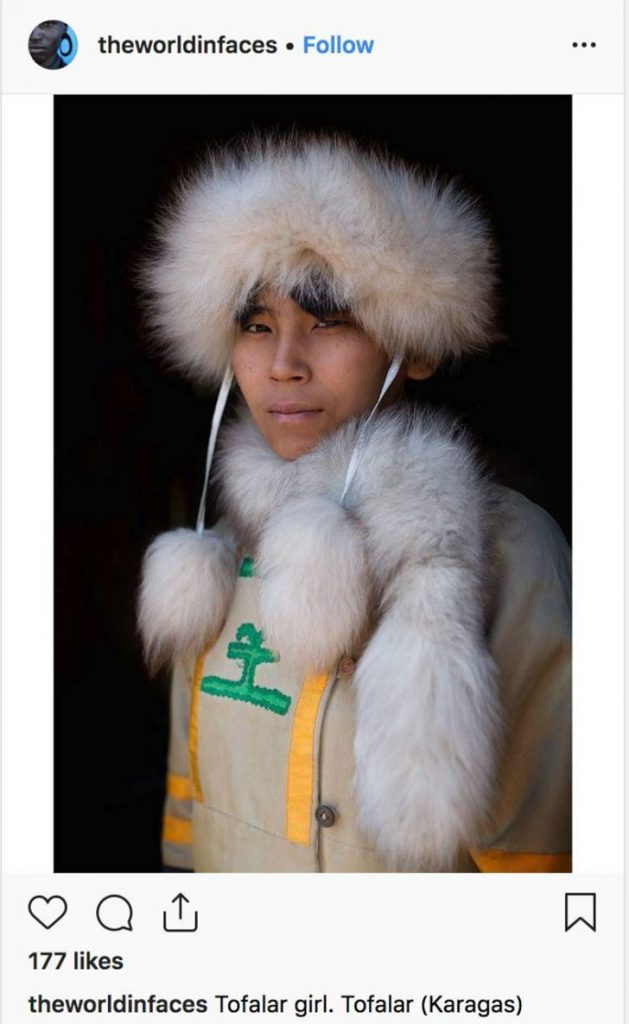
With no roads piercing the wilderness to their land and rivers too tumultuous to navigate, these stoic individuals can only be reached by a helicopter’s flight, daring the wild skies for a one-hour journey into isolation. The life of the Tofas, closely entwined with the reindeer and the taiga, remains a whisper of ancient Siberian culture.
Korowai Tribe, Papua New Guinea
Throughout the remote rainforests of Papua New Guinea, the Korowai tribe lives in a world apart, perched high above the ground in tree houses that defy gravity and the modern world. This tribe was unaware of anyone outside their forest realm until the 1970s. Their homes, architectural marvels, are built up to 115 feet off the ground, ostensibly to avoid floods, insects, and rival clans.
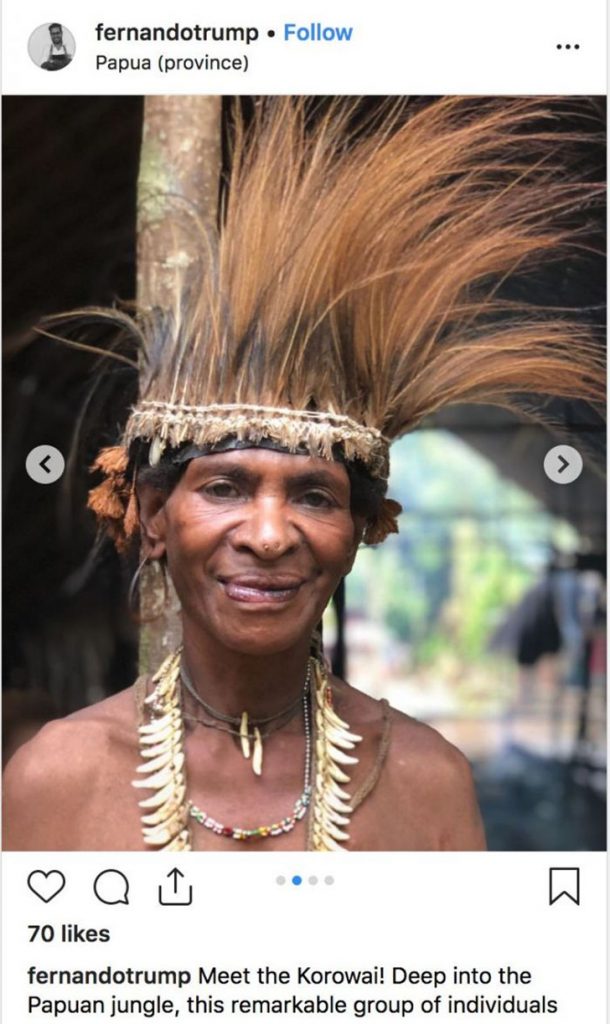
The Korowai have developed skills to thrive in the forest, from hunting with bows and arrows to fishing in the river’s embrace. Their existences are a fascinating orchestra of human resilience and ingenuity,
Mucawana Tribe, Angola
Deep in the hinterlands of Angola, the Mucawana tribe lives with a vitality that pulses through the savannah. Adorned with the earth’s palette and often dressed minimally, they carry the simplicity of living in their stride. Men and women alike bear machetes or spears, survival tools, and symbols of strength.
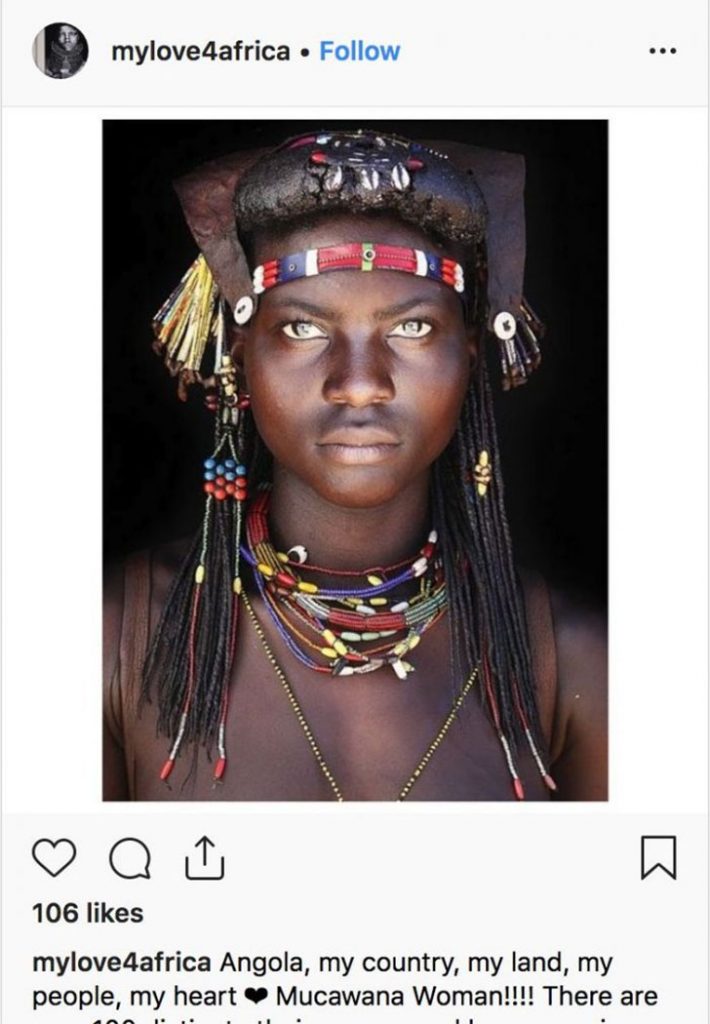
Renowned for their extraordinary endurance, the Mucawana people can traverse up to 50 miles daily, a testament to their intimate connection with the land. The lifestyle of this group is semi-nomadic, characterized by a reliance on both livestock herding and agriculture.
Ayoreo Tribe, Bolivia
The Ayoreo, indigenous to the dense Gran Chaco forests of Paraguay and Bolivia, are a people whose stories unfold in the wilderness. With seven clans, each distinguished by a unique surname, their identity is tightly knit into the very essence of Eami, their sacred land.

These nomadic hunter-gatherers shift with the seasons—they plant crops when the rains bless the earth and forage the forests for game and honey when the land dries. The Ayoreo’s spiritual depth is embodied in their shamans, known as ‘disdain,’ who guide with sacred wisdom, while their chiefs, ”asutes,” stand as testaments to valor.
Mursi People, Ethiopia
In the lower Omo Valley of Ethiopia, the Mursi tribe crafts a life as dramatic as the ecosystem they inhabit. Known for the large, decorative clay plates their women wear in their lower lips and ears—a striking symbol of beauty and femininity—this group paints a vivid picture of cultural richness.

Their cattle are the lifeblood of their community, more than just livestock—they are currency, status, and sustenance, and also part of their religion. The Mursi also maintain a fierce independence and warrior reputation, yet their social structure is intricate, emphasizing kinship and alliances.
Huli Tribe, Papua New Guinea
Venture into the highlands of Papua New Guinea, and you’ll discover the Huli tribe, renowned for their striking use of hair and feathers to create spectacular headdresses. These adornments, along with their face paintings, reflect the tribe’s meticulous artistry.

Huli’s intriguing death rituals add depth to their cultural abundance. When a woman is recently widowed, she covers herself with a spectral shroud of gray and white clay and also dons a necklace elaborated from seeds. This peculiar practice, woven with the threads of belief and bereavement, illustrates their profound connection to the spiritual realm.
Turkana Tribe, Kenya
Amidst the arid reaches of Kenya, the Turkana tribe upholds an existence deeply entwined with russet earth and open skies. Draped in woven wraps and animal hides, the men accessorize with practical wrist knives and carry stools that serve myriad purposes. Women’s attire sparkles with complex beaded necklaces, a rainbow against the desert backdrop.
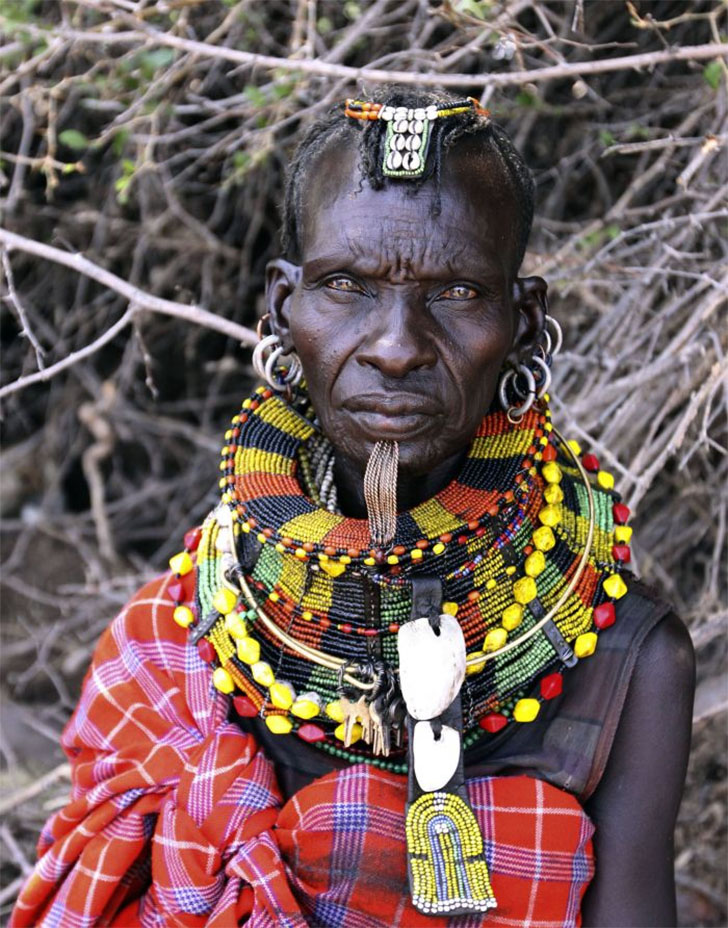
Goats and camels are the lifeblood of their culture, more than mere animals—they represent wealth, sustenance, and marital bonds. As Western clothing creeps into Turkana wardrobes, particularly in burgeoning urban centers, their time-honored pastoral diet remains a staple, complemented by modest sorghum harvests in challenging climes.
Jarawa Tribe, India
Secluded on the Andaman Islands, the Jarawa tribe lived in total isolation for over 55,000 years. Only since 1998, they tentatively brushed hands with the wider world, an encounter fraught with peril, especially from intrusive tourists.
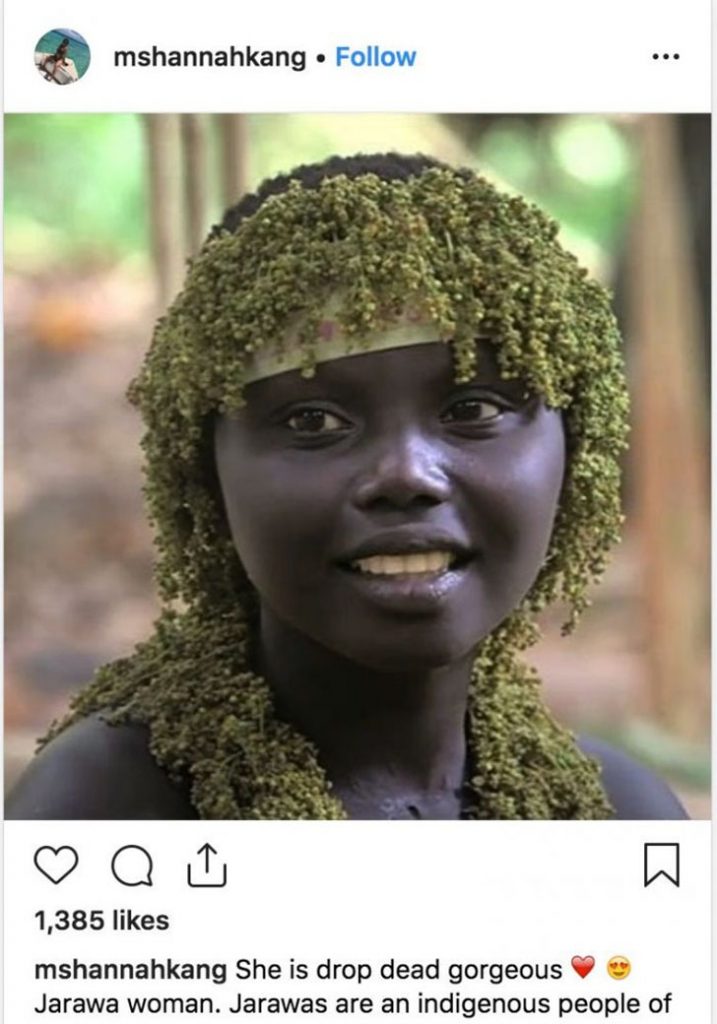
The survival of the Jarawa is overshadowed by the Andaman Trunk Road, an artery of modernity that cuts through their ancestral land, bringing a flood of external threats. Yet, they remain resilient, preserving a culture that is a living testimony to the history of humanity.
Kalash Tribe, Pakistan
Nestled in the Chitral district of Pakistan, the Kalash people are like a vibrant thread woven into the mountain tapestry. They stand distinct with their millenary customs, colorful attire, and polytheistic beliefs, a stark contrast to the predominantly Muslim population of Pakistan.
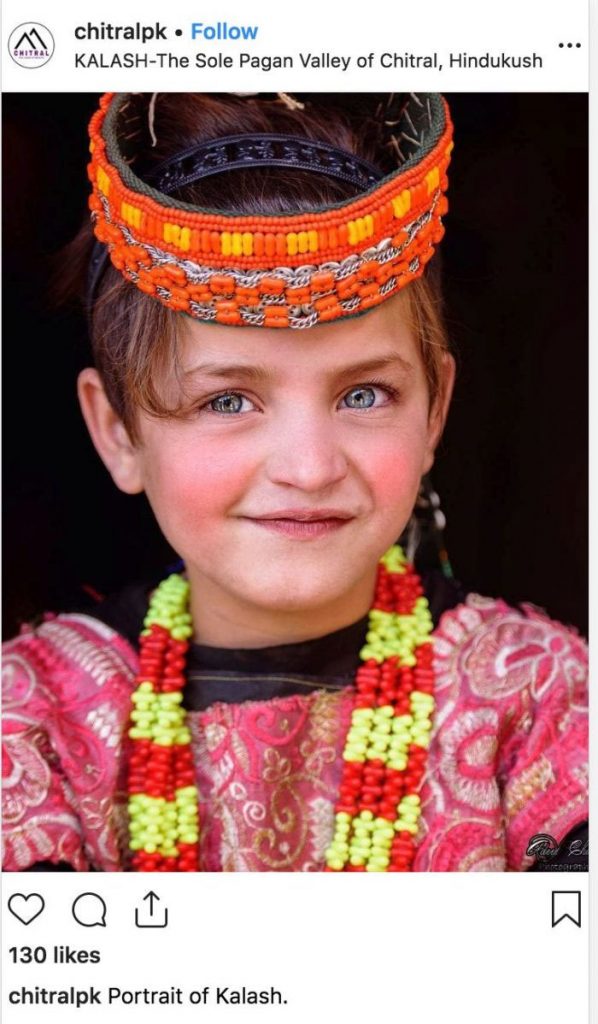
The Kalash celebrate their gods through festivals that are a riot of music, dance, and the giving of thanks. With only about 4,000 members, the tribe’s survival is as precarious as remarkable, holding fast to their ancestral ways amidst the swirling tides of change.
Wodaabe Tribe, Niger
Across the Sahelian sands of Niger, the Wodaabe tribe moves with the rhythm of the seasons, their lives a nomadic ballet under the vast African sky. They are perhaps most famed for the Gerewol festival, a mesmerizing beauty pageant where men, adorned in elaborate makeup and feathers, compete for the admiration of female spectators—a reversal of typical courtship roles.
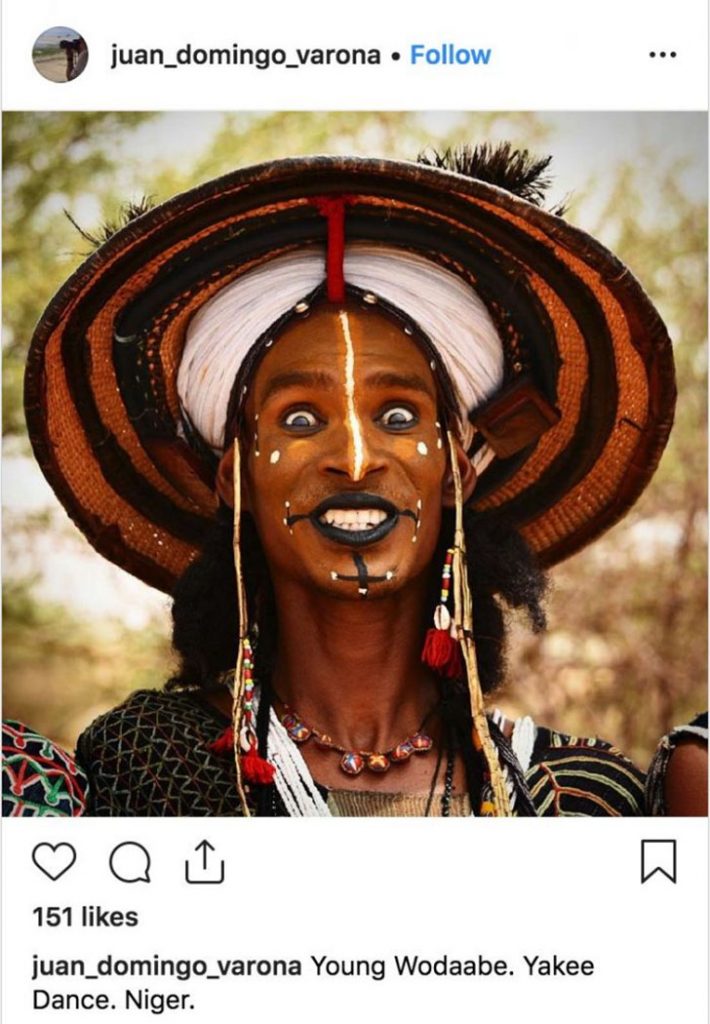
This dazzling display is more than mere vanity—it is the heartbeat of their cultural identity, a celebration of beauty and desirability as seen through Wodaabe’s eyes.
Miao Tribe, China
Within China’s rolling hills and deep river valleys, the Miao tribe maintains a lifestyle steeped in ritual and rich folklore. Widely known for their intricate silver jewelry and lush, handcrafted textiles, these practices are integral to their social structure and spiritual beliefs.

Music is the soul’s voice for the Miao, with lusheng pipes setting the rhythm of their world. Moreover, they celebrate festivals like the Sisters’ Meal, where rice of different colors serves as tokens of affection and courtship among the community.
Asaro Tribe, Papua New Guinea
Deep in the highlands of Papua New Guinea, the Asaro Mudmen have long captured the world’s imagination. They are renowned for their ghostly mud masks and body paint, artifacts of a legend that speaks to their cunning in warfare. These masks, with their gaping eye holes and elongated features, were designed to terrorize invaders, creating an eerie, otherworldly presence on the battlefield.
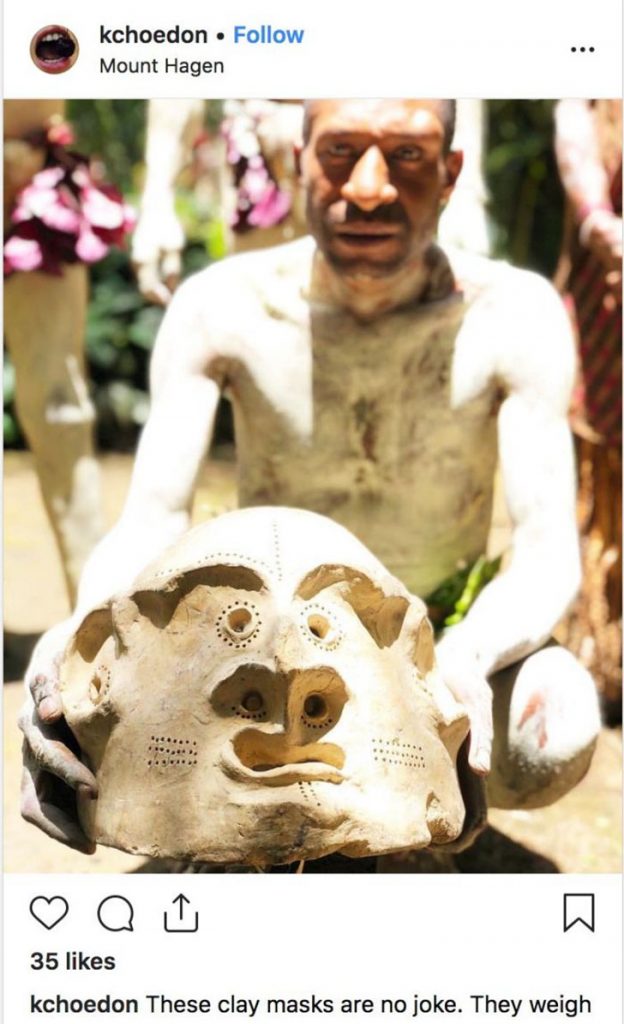
Today, the Asaro wears mud masks not for war but for ritual and celebration, transforming into living specters that tell of a time when myth shaped the very earth underfoot.
The Kazakhs, Mongolia
In the vast, open mountains of Mongolia and other regions of Central Asia, the Kazakhs are an embodiment of resilience. Renowned for their skill in eagle hunting, a practice passed down over generations, they command the steppes with a majestic partnership between humans and birds.

The sight of a Kazakh hunter, clad in furs, with a golden eagle perched proudly on his arm is as stirring as it is symbolic of their culture. Their dexterity on horseback and in the skins that shield them from the biting cold speak of life harmonized with nature’s cadences.
Maasai People, Kenya
Sweeping across the savannahs of Kenya, the Maasai people are a striking symbol of cultural endurance. With a society structured around the age-set system, their lives are a series of rites of passage, marking the journey from warriorhood to elder status.

Adorned in shúkàs—bright red cloths—and beaded jewelry, the Maasai are pastoralists, and their wealth is measured in cattle herds. Warriors of this tribe, the Morans, are known for engaging in a jumping dance called Adumu, which they perform at various ceremonies.
Hmong People, Vietnam
Cradled in the mountainous terrains of Vietnam, the Hmong people weave a story as colorful as their textiles. Excelling in exquisite needlework, they express identity through vibrant clothing and batik designs. Their New Year celebration is a unique fusion of sound and tradition, where courtship takes the form of “pov pob”—a playful ball-tossing game.
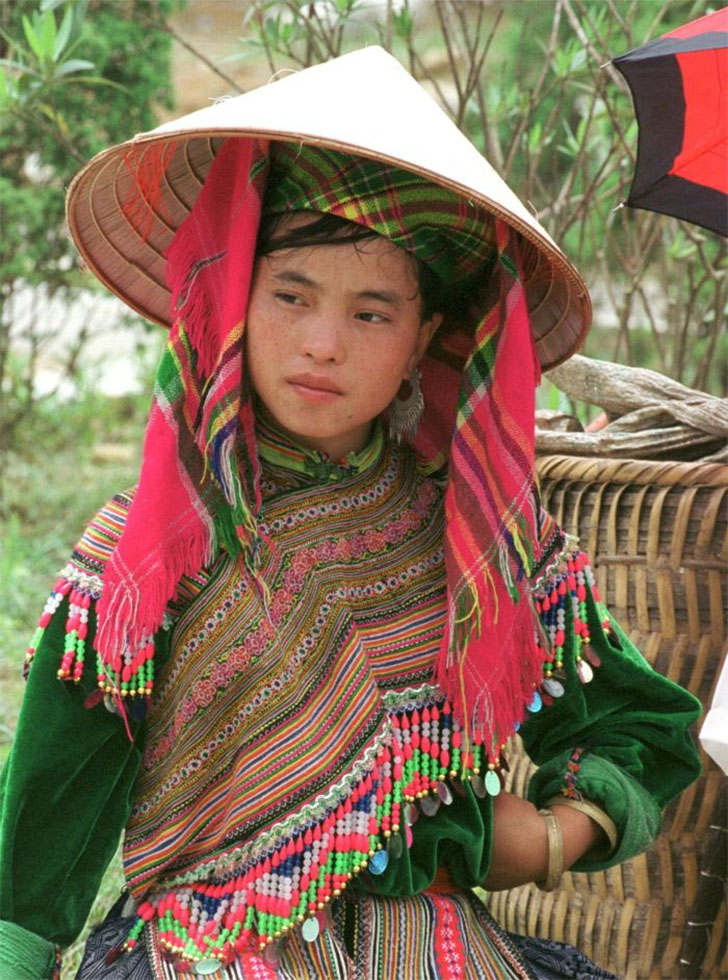
Although Hmong’s society is patrilineal, where major decisions rest with the husband’s family, Hmong women embody resilience and influence. From tender years, girls sit beside their mothers and grandmothers, absorbing wisdom and skills to sustain their homes and families.
Raramuri Tribe, Mexico
Dashing through the canyons of Mexico’s Sierra Madre, the Rarámuri or Tarahumara people are scientifically recognized as some of the world’s greatest long-distance runners. Their name, meaning “light-footed” or “runners on foot,” encapsulates a lifestyle where running is a fundamental element.
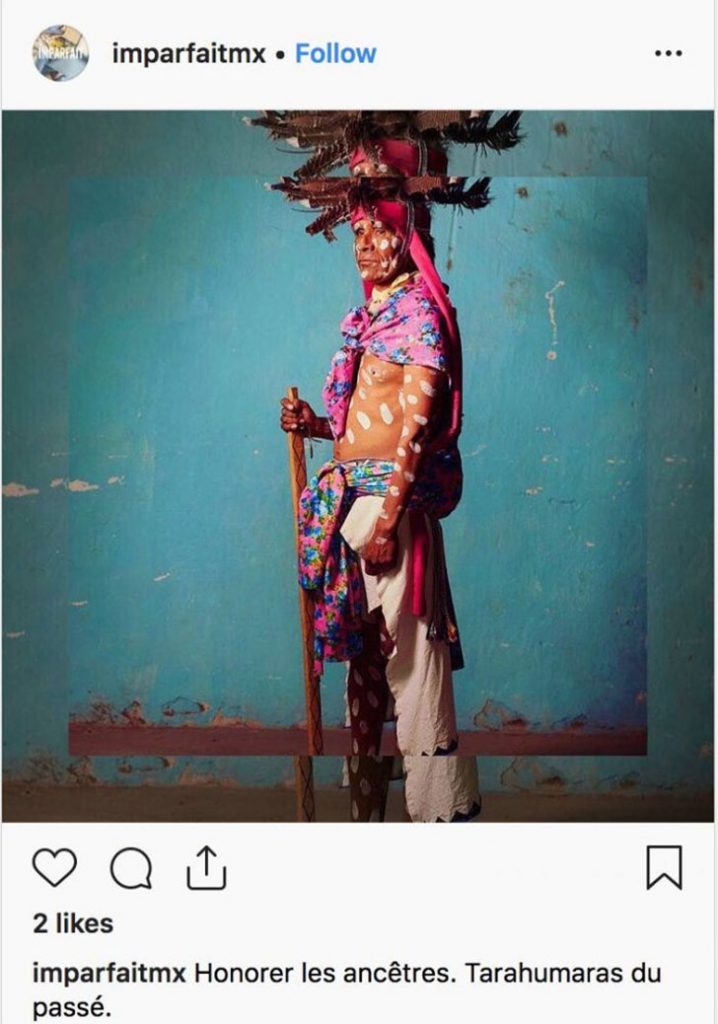
These endurance hikers traverse steep trails with ease, often in folkloric sandals known as huaraches or barefoot. Primarily farmers, the primary diet of the Raramuri consists of beans and corn, consumed in the form of dishes like tortillas. They also raise cows, goats, and sheep, although animal protein is eaten less often.
Kalam Tribe, Papua New Guinea
Ascending into the misty highlands of Papua New Guinea, one discovers the Kalam tribe, a community where history and untamed surroundings intertwine. Known for their elaborate headdresses, adorned with feathers and flowers—each plume and petal tells a story of the rich ecosystem.
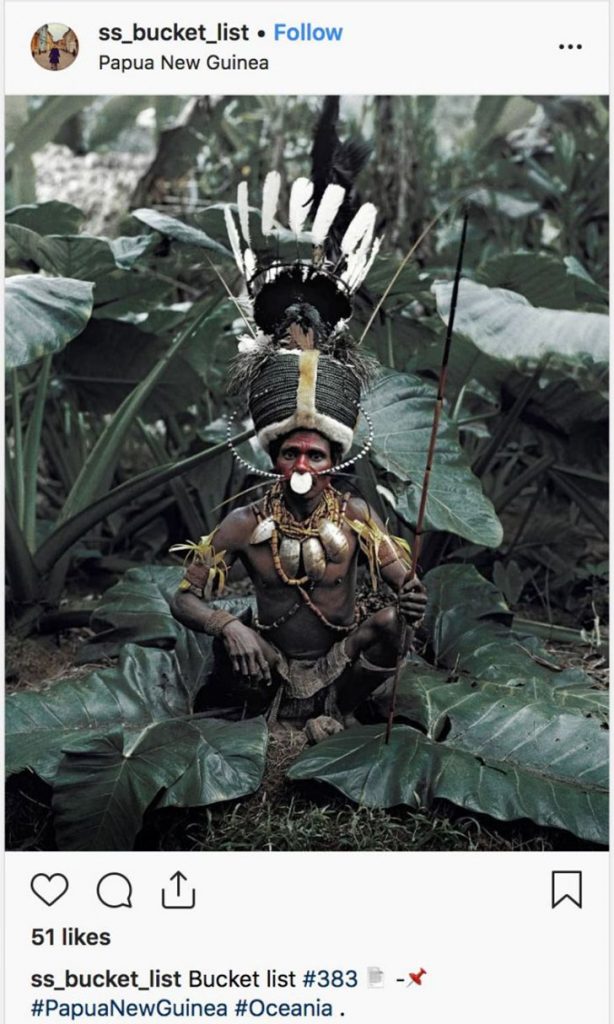
The Kalam are celebrated for their knowledge of forest ecology, utilizing an impressive array of plants for food, medicine, and ritual purposes. Their popular yam festivals, in which the community comes together to celebrate the harvest, showcase deep-rooted agricultural practices.
Chukchi, Siberia
Perched on the icy edge of Siberia, the Chukchi people are a testament to human adaptability in one of the world’s harshest climates. Renowned for their dense fur clothing, they skillfully craft garments from animal hides, essential for survival in the extreme cold.
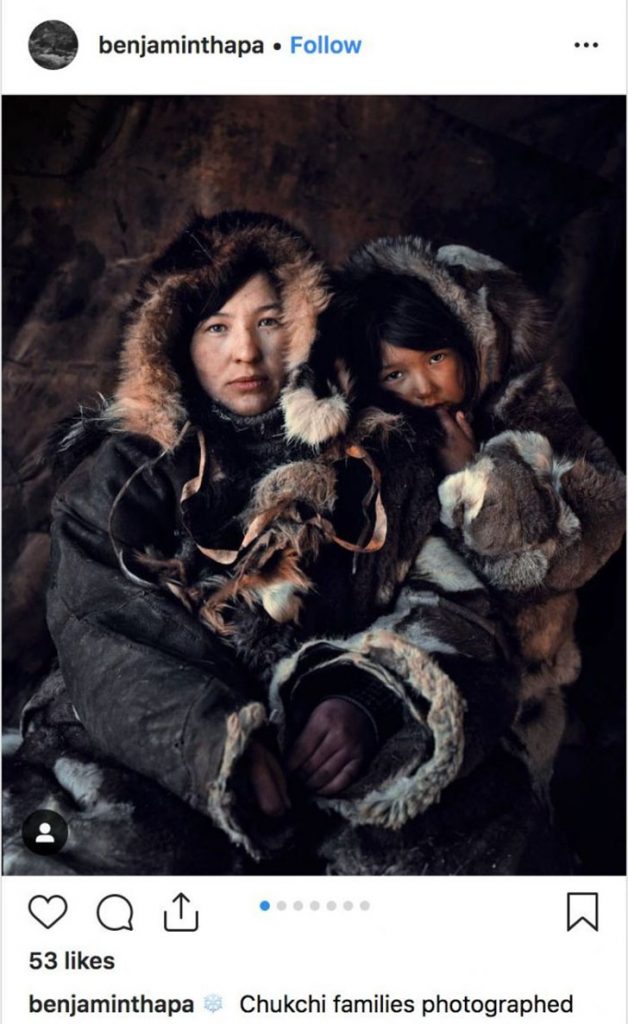
The Chukchi’s relationship with the Arctic environment is profound—they are skilled navigators of both land and frozen sea, with many engaging in marine hunting. Their folklore, full of tales of the polar landscape and its inhabitants, reflects a deep connection to nature.
Mundari People, South Sudan
In the sun-drenched plains of South Sudan, the Mundari tribe lives in an intimate dance with both the land and their animals. These cattle herders revere their Ankole-Watusi cows—towering African creatures with majestic horns—which are central to their existence and are even used as offerings for marriage proposals.
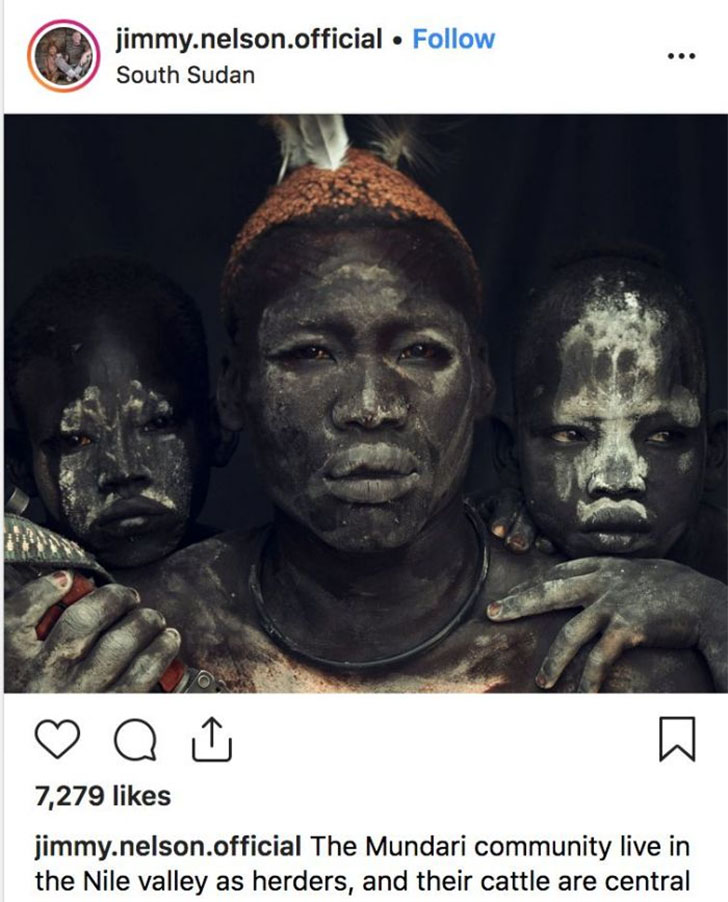
This tribe is characterized by the practice of ash bathing—smearing themselves and their cows with ash to protect against insects and the harsh sun. Furthermore, Mundari settlements, characterized by large communal dwellings, reflect a deep-rooted sense of community and cooperation.
Drokpas Tribe, India
Across the verdant valleys of Ladakh, India, the Drokpa tribe lives in a vibrant bubble of millenary customs, distinct from their Tibetan and Indian neighbors. Numbering just around 2,000, they are believed to be the last pure descendants of the Aryans in India.
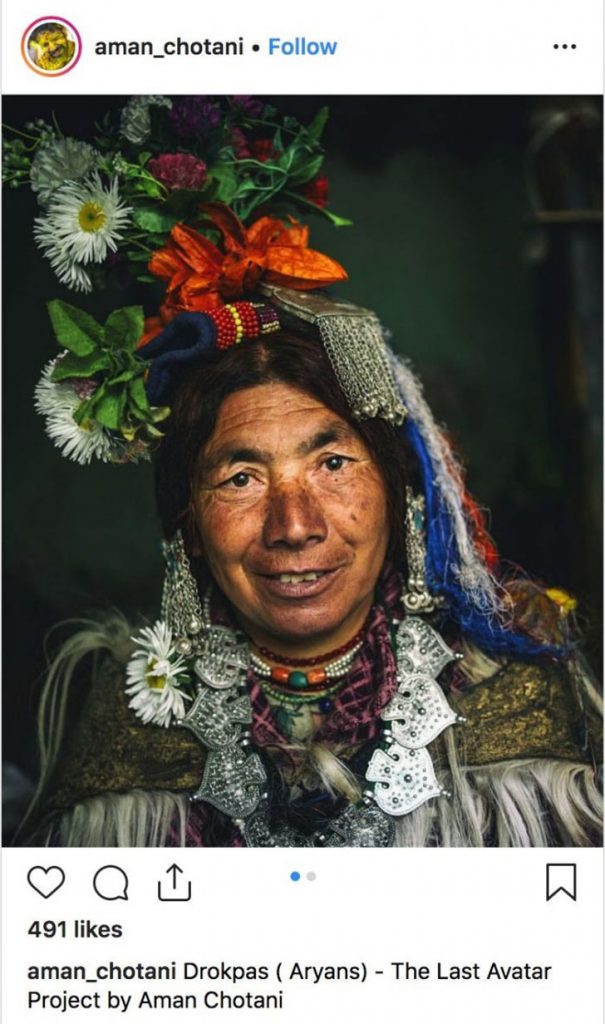
The Drokpas are known for their love of music and dance, particularly their ornate floral headpieces, which symbolize their connection to nature. Moreover, they practice an intriguing form of polyandry and have a reputation for their liberal views on marriage and relationships.
Yali Tribe, Indonesia
Veiled by the dense highland jungles of Papua in Indonesia, the Yali tribe maintains an existence that is a whisper from the ancient world. These people of the mountains are noted by their distinctive ”koteka,” or traditional male covering, and the intricate body paintings that adorn their skin.
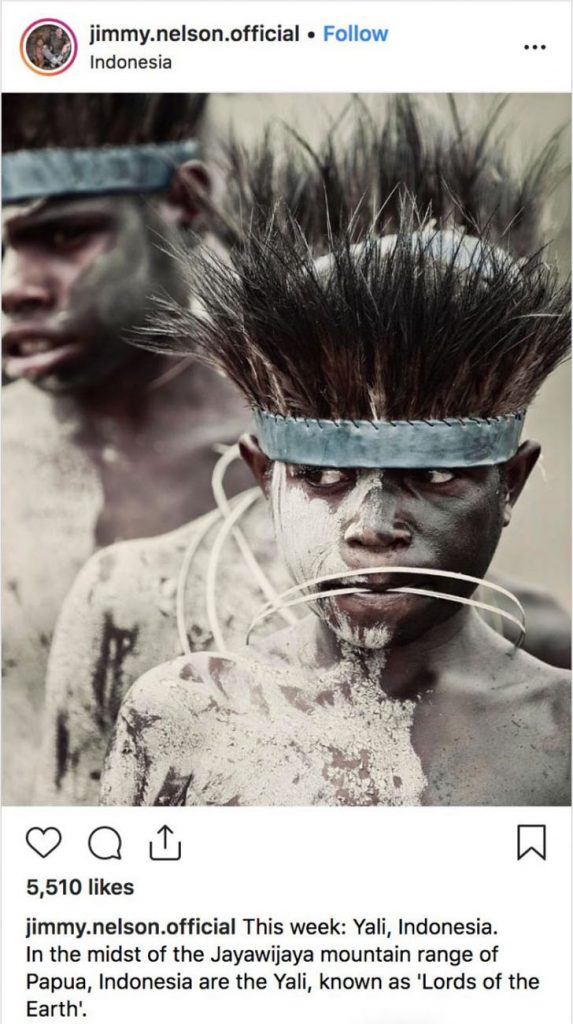
The Yali are masterful gardeners, cultivating sweet potatoes in the fertile mountain soil, a staple that sustains their community. Their time-honored homes, honai, with typical thatched roofs, are architectural marvels adapted to the environment.
Loba Tribe, Nepal
Situated atop the rugged terrain of Nepal’s Mustang region, the Loba tribe, ethnic Tibetans, stand as guardians of long-held beliefs. Intriguingly, some among them still hold the view that the world is flat, a fascinating glimpse into the persistence of age-old cosmologies.
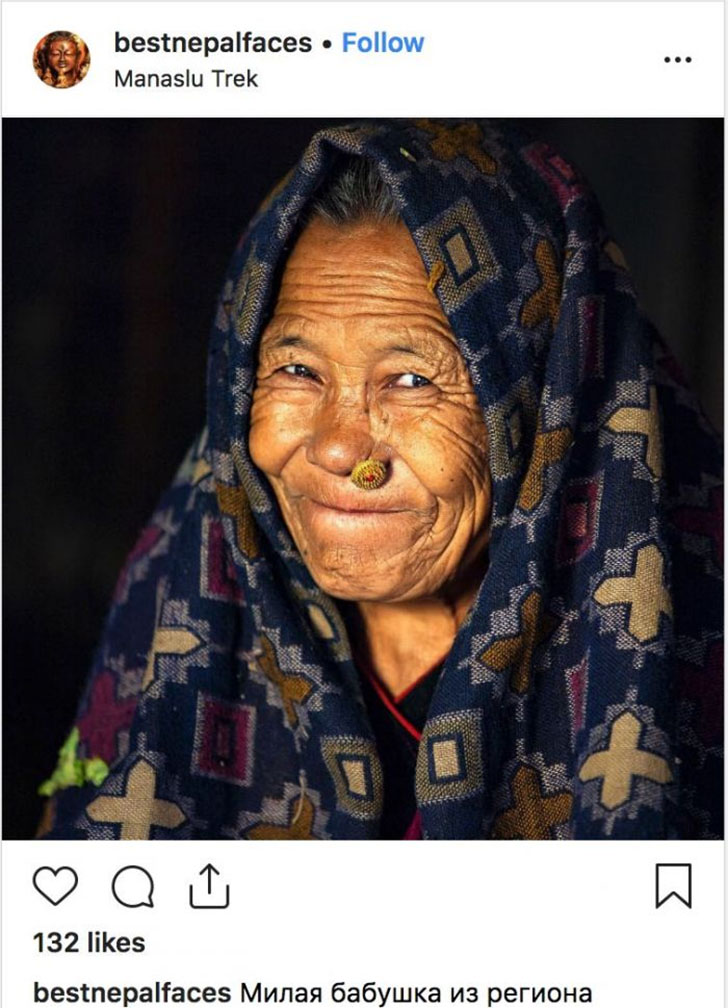
Communicating in a Tibetan-Burman language, the Loba’s rich oral traditions compensate for their lack of a written language, with knowledge passed down through generations. Distinctively, they don’t wear shoes, setting them apart from neighboring groups and symbolizing identity.
Tsaatan Tribe, Mongolia
Roaming the remote taiga of Mongolia, the Tsaatan tribe lives a life entwined with the rhythm of their reindeer. Referred to as the “Reindeer People,” this small, nomadic group of Turkic descent relies on these gentle creatures for nearly every aspect of survival, from transportation to clothing made from their hides.
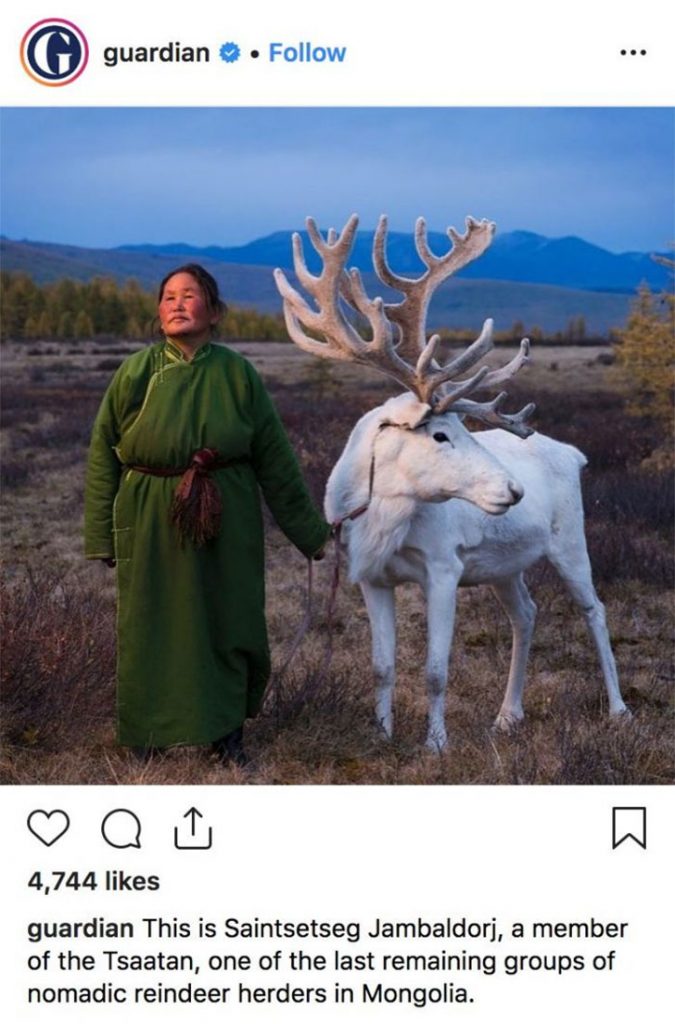
Living in teepees known as ”urts,” the Tsaatan maintain a nomadic lifestyle and navigate the rugged terrain with fantastic adaptability. Furthermore, their shamanistic practices, where they commune with the spirits of their ancestors and the natural world, are a vivid reminder of ancient spirituality.
Gauchos Tribe, Argentina
Roaming the vast pampas of Argentina, the Gauchos are not just a tribe but an emblematic symbol of heritage. These skilled horsemen, often likened to the cowboys of North America, have long been celebrated for their expert cattle herding and diverse history.
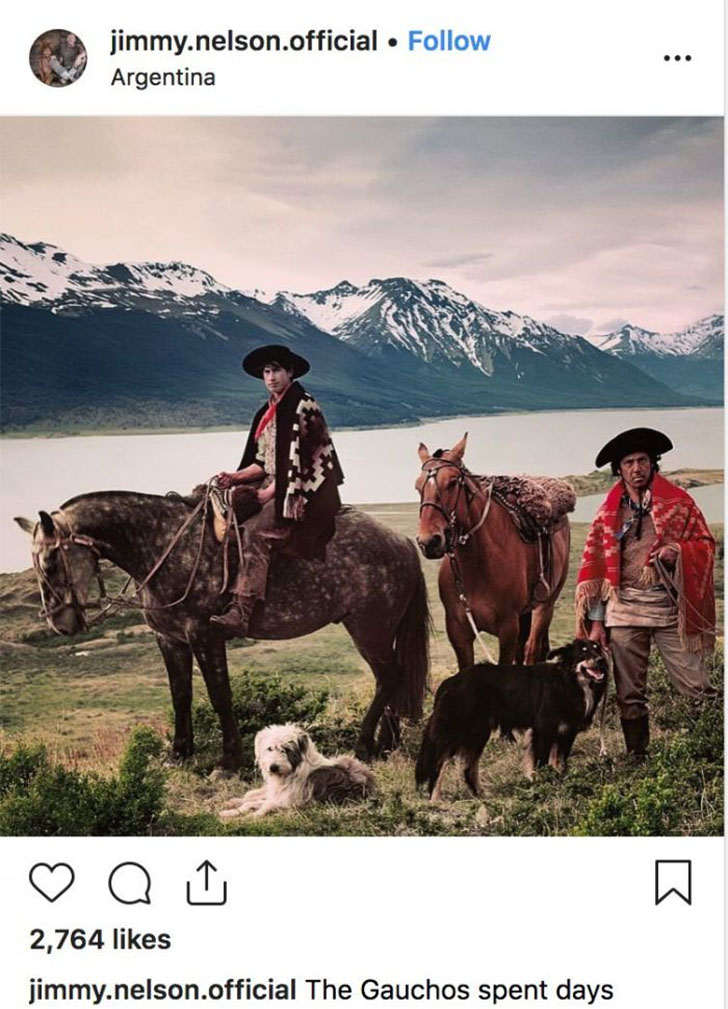
They traditionally wear ”bombachas” (baggy trousers), wide-brimmed hats, and boots. This attire is as distinctive as their reputation. The Gaucho culture is full of customs like the asado (barbecue), a social and culinary event where various types of meat are grilled over an open fire—a tradition embraced by the majority of the Argentine population.
Ainu People, Japan
Amidst the cooler climes of Hokkaido, the Ainu people of Japan preserve a history distinctly their own. These people have a deep cultural tapestry that includes detailed wood carvings, textile weaving, symbolic tattoos, and an animistic belief system—in which spirits or “kamuy” interweave with all aspects of nature.

For centuries, the Ainu faced ignorance, discrimination, and pressures to assimilate into mainstream Japanese culture. It was in the late 2010s that the Japanese government officially acknowledged them as the nation’s indigenous people with a unique identity.
Hamar, Ethiopia
Among the majestic valleys of Ethiopia, the Hamar tribe carves a life rich in heritage. Known for their striking appearance, these people adorn themselves with intricate beadwork and wear their hair in dense, ochre-laden braids.

A defining ritual of the Hamar is the Bull Jumping ceremony, a rite of passage for young men transitioning into adulthood—which involves running across the backs of lined-up cattle, symbolizing courage and readiness for marriage. As reported by the Ethiopian government, this ethnic group’s population reached 46,500 by 2003.
Ladakhi Tribe, India
Perched high in the Indian Himalayas, the Ladakhi tribe thrives where the air is thin, and the landscapes are breathtaking. Despite being situated in a region separate from Tibet and Central Asia, their physical features bear a closer resemblance to those found in these areas.

The Ladakhi’s time-honored attire, Gonchas of wool and vibrant headgear, not only protects against the cold but also provides insulation from the intense sun. Regarding their customs, these people practice a form of Tibetan Buddhism full of monastic rituals and colorful festivals like Dosmoche—which involves masked dances representing different deities.
Dani Tribe, Indonesia
Located in the heart of the highlands of West Papua Indonesia, the Dani tribe is an emblem of enduring tradition in a rapidly changing world. This group is distinguished by the wearing of a phallic sheath among men called ”koteka”—just like the Yali Tribe—and tribal customs like the Pig Festivals, which involve a large feast with dozens of roasted pigs.

Another striking aspect of Dani culture is the ritual of finger-cutting. The practice symbolizes the anguish experienced from the loss of a loved one, leading the women of the tribe to undergo finger amputation several times throughout their lives.
Aghori Monks, India
Shrouded in mystery and often misunderstood, the Aghori monks of India follow an unconventional path to enlightenment. Reportedly living on the fringes of society, these ascetics are known for their extreme rituals, which include meditating with human bones and consuming substances taboo in mainstream Hinduism.

The Aghori seek purity through the impure, challenging societal norms and confronting fears of death and decay. They wear ash from cremation grounds and often have minimal clothing, as well as adorning themselves with objects typically considered inappropriate or unclean, symbolizing detachment from material life.
Yagua Tribe, Peru
Venturing through the lush rainforests of the Peruvian Amazon, one encounters the Yagua tribe, a community deeply connected to the rhythms of the river and the canopy. Recognized for antiquated blowguns called ”punacas,” they are masters of the hunt, capable of pinpoint accuracy from 130 feet away.
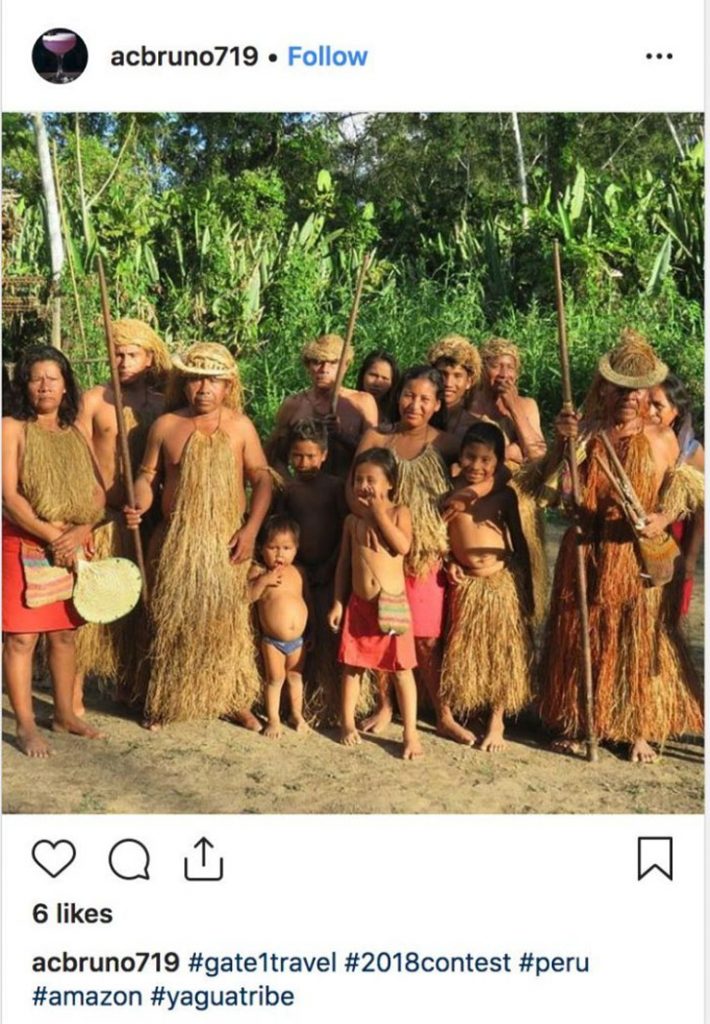
The Yagua craft these weapons with meticulous precision, a skill passed through generations. Their clothes are robes and headdresses woven from palm fibers—this ancient attire is not merely for aesthetics but serves as camouflage during hunting.
Ruc Tribe, Vietnam
Discovered unexpectedly by North Vietnamese soldiers during the Vietnam War, the Ruc tribe’s first contact with the outside world is as dramatic as their history. Emerging from the depths of the jungle after a bombing raid, they captured the world’s attention. Previously living in caves and forests, the Ruc were a hidden mystery.

Though modern influences have nudged the Ruc towards settled village life in the Thuong Hoa Commune, remnants of their cave-dwelling past and rich traditions still resonate in their culture.
Wapishana Tribe, Brazil
The Wapishana tribe, with their roots stretching across the savannahs of northern Brazil and into Guyana, is in tune with the earth’s cycles. They are skilled farmers, cultivating cassava and other crops, which they ingeniously rotate to maintain the health of the soil.

The Wapishana’s deep knowledge of the land extends to hunting, using bows and arrows crafted from the local forest. Their woven hammocks, embodiments of skilled craftsmanship, are not just for rest but symbols of a culture that interlaces utility with art.
Surma Tribe, Ethiopia
Residing in the remote reaches of southwestern Ethiopia, the Surma tribe is famous for its striking art and body modifications. Women of the tribe, also known as the Suri, insert increasingly large discs into their lower lips as a sign of femininity—yet an increasing number of girls are now choosing to abstain from this practice.
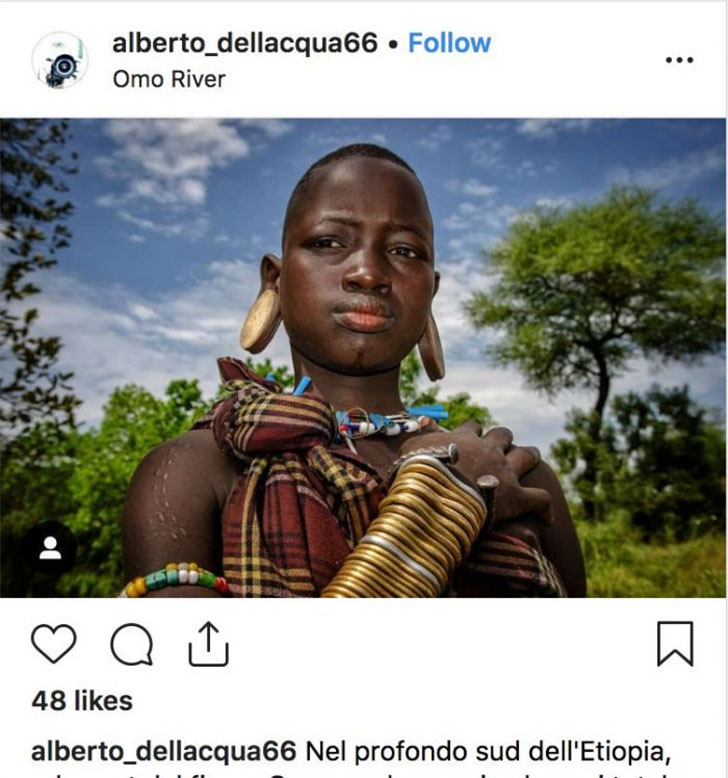
Both men and women engage in elaborate skin scarification, using nature’s palette to paint intricate patterns on their bodies. The Surma also practice Donga stick fighting—a fierce and athletic contest that serves as a rite of passage for young men.
Batak Tribe, Indonesia
The Batak tribe, indigenous to the volcanic highlands of North Sumatra, Indonesia, boasts a vast cultural panorama steeped in ancient rituals and beliefs. They are distinguished by their Boton houses with boat-shaped roofs, wooden construction, and no individual rooms—showcasing the unity of the community.
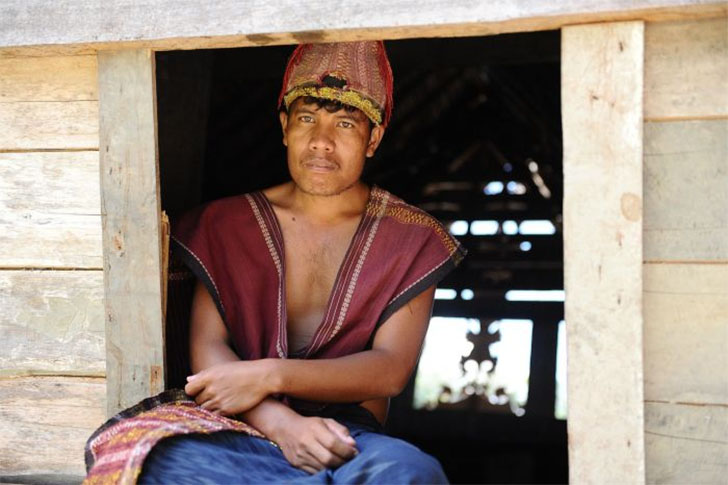
The Batak are also notably skilled in weaving and wood carving, being particularly proficient in the elaboration of carved stone tombs. Their society is organized into clans, with ancestral lineage playing a crucial role in determining relationships, marriages, and leadership structures.
El Molo People, Kenya
On the sun-baked shores of Lake Turkana in northern Kenya, the El Molo tribe leads a life tied to the water’s rhythm. Historically, they were unique in their reliance on hunting hippopotamuses and crocodiles, a practice integral to their survival but halted by Kenyan wildlife conservation laws in the late 20th century.
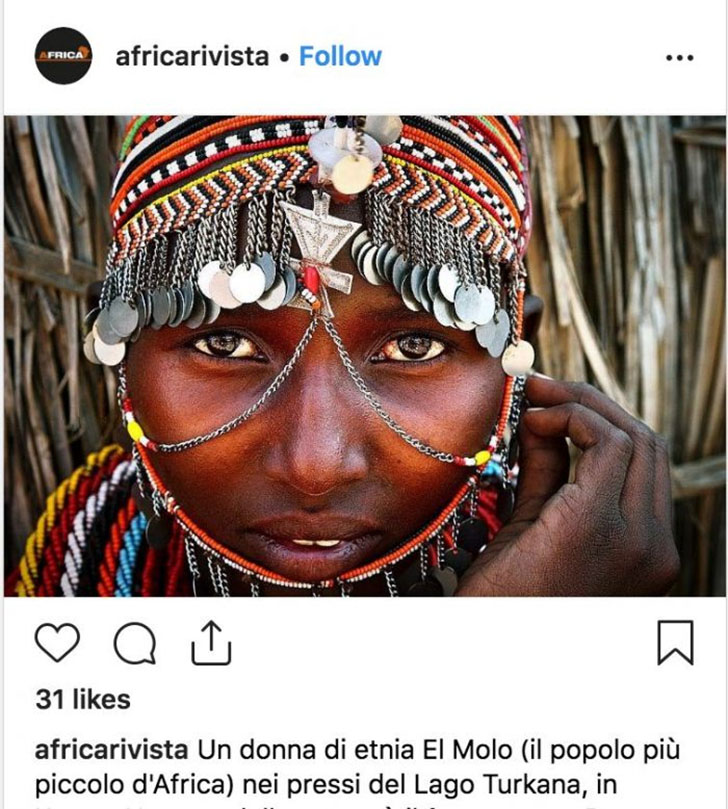
Adapting to these changes, the El Molo, now one of Kenya’s smallest ethnic groups, have become adept at fishing. They are especially good at weaving nets and baskets, which helps them get food from the lake’s bounty.
Jujurei Tribe, Brazil
The Jujurei Tribe, a small, enigmatic group shrouded in the depths of Brazil’s Parque Nacional Pakaas Novas, epitomizes the term “uncontacted.” Comprising merely a dozen individuals, they represent one of the most secluded fragments of humanity. The tribe came into a rare spotlight in 2019 when a photo captured their first encounter with cameras—revealing a total detachment from the modern world.
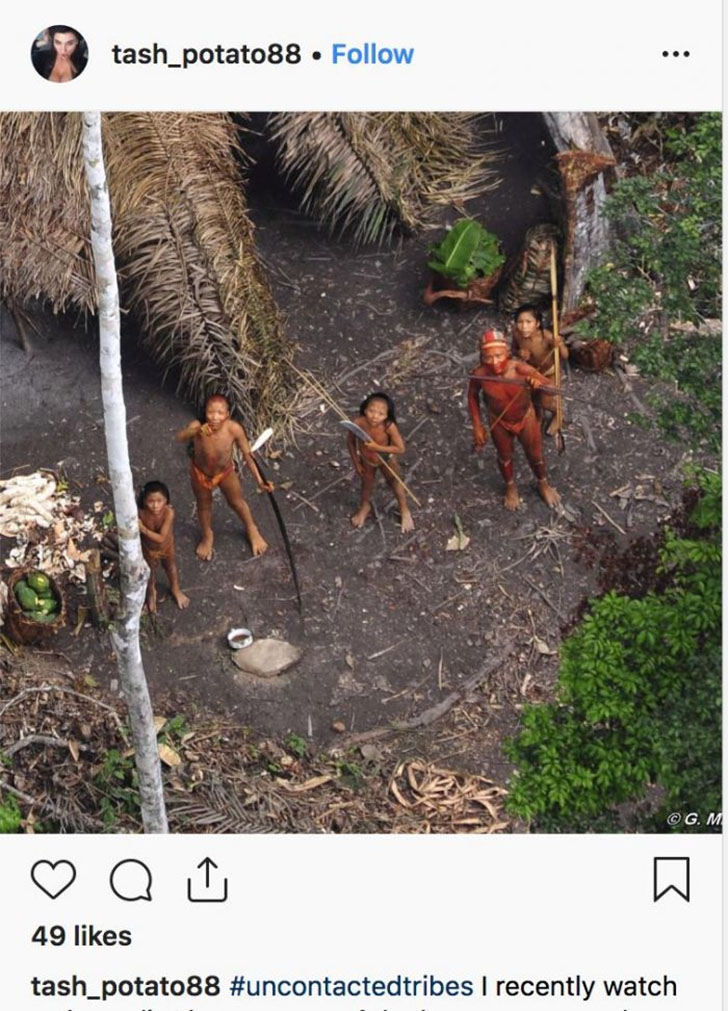
Inhabiting in profound harmony with a dense forest environment, the Jujurei’s existence—largely unknown—arouses fascination. It reminds us of the countless ways of living that are quietly unfolding in the most hidden corners of our planet.
Cahuilla Indians, USA
Nestled within the Colorado Desert and surrounding mountains in Southern California, the Cahuilla Indians have etched a living from the rugged landscape for centuries. Being hunter-gatherers, they extract diverse resources from their environment, like pita, mesquite, and cactus fruit—as well as hunt animals like mice, squirrels, and quail.
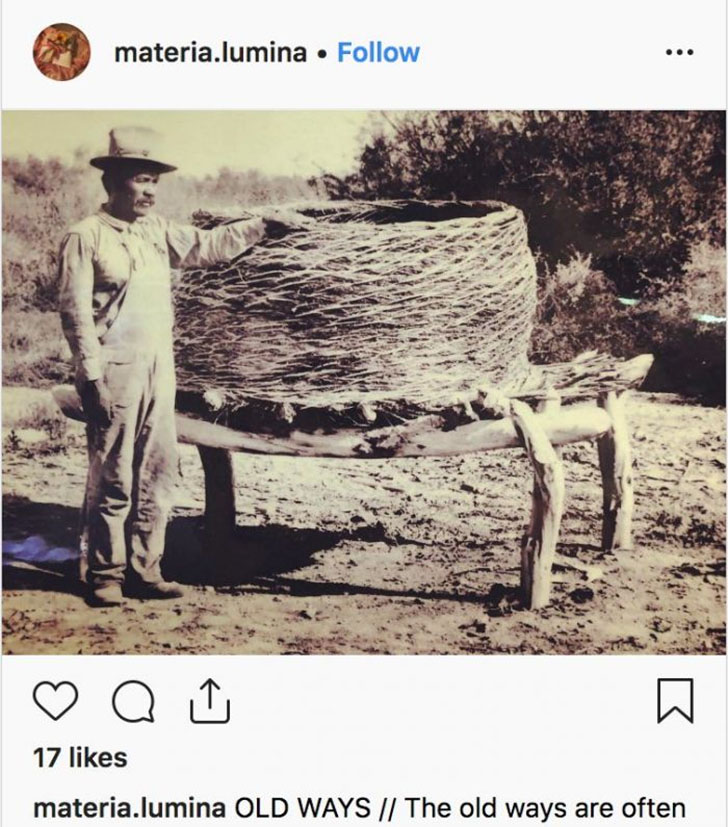
The Cahuilla live in resilient homes called ‘kishes,’ which are dome-shaped and built with desert materials. Furthermore, they also developed a complex system of water management, constructing canals and ditches to irrigate their lands.
Spinifex Tribe, Australia
Amidst Australia’s vast and harsh Great Victoria Desert, the Spinifex people, also known as Pila Nguru, have thrived for millennia. They are celebrated for their striking traditional art, which often features detailed dot paintings, telling stories of ancestral lands and Dreamtime—the foundational spiritual belief system among Australian Aborigines.

In a landmark event In the early 2000s, the Spinifex people were granted native titles to their ancestral lands, reaffirming their rights and autonomy. However, in 1953, the region witnessed nuclear testing, marking a significant and controversial chapter in its history.
Huaorani Tribe, Ecuador
Soaring above the Amazonian canopy, the Huaorani people of Ecuador have etched an existence in symbiosis with one of the planet’s most biodiverse locations. Known for their extraordinary hunting prowess, they wield blowguns and carefully craft darts dipped in curare—a potent poison that paralyzes the muscles of their prey.
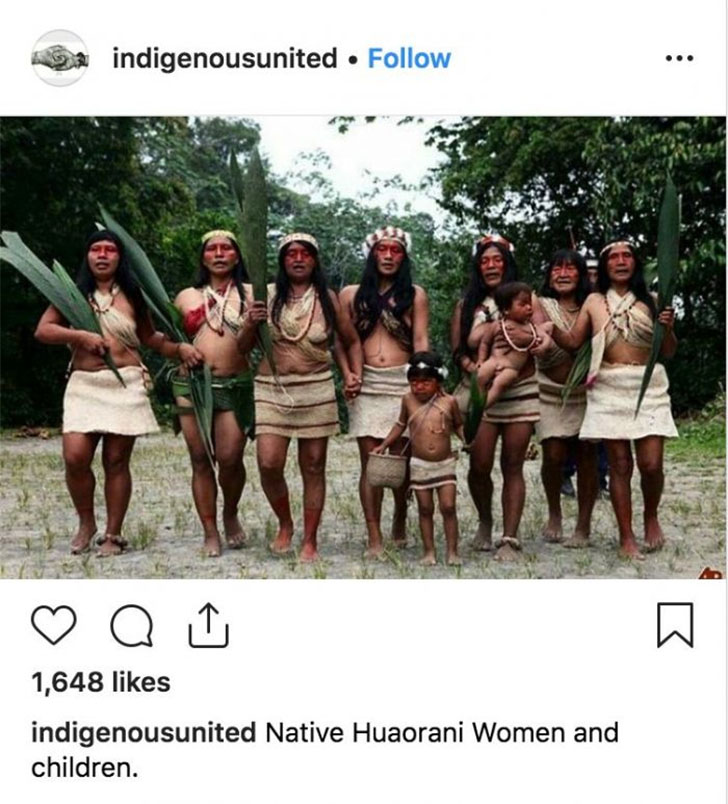
Interestingly, using such darts for hunting is perceived not as killing but as retrieving, according to the Huaorani beliefs. The daily routine of this group, marked by close-knit communal living and a profound respect for nature, is a bastion of environmental awareness.
Nenets People, Siberia
Under the endless skies of the Russian Arctic, the Nenets people trace a life of extraordinary adaptation. Nomads of the tundra, they herd reindeer across the frozen landscapes and sleep in ‘chums’—tent-like structures made of reindeer hides and wooden poles.
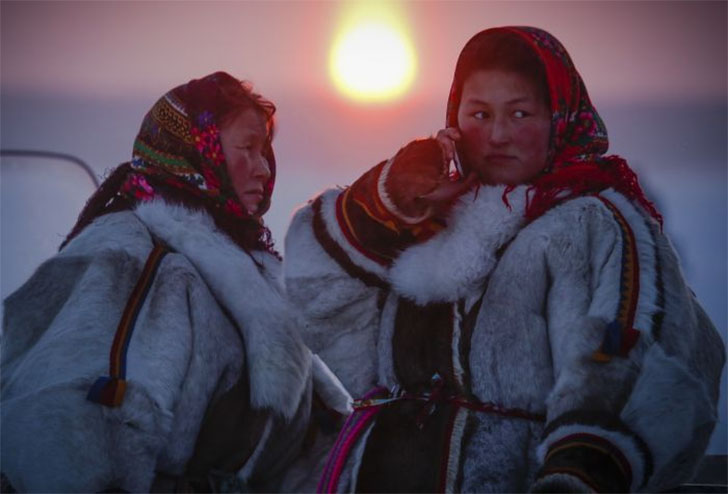
The Nenets are also known for breeding the tough Samoyed dog—capable of withstanding arctic temperatures and pushing sleds through icy terrain—which was even used in polar expeditions of the 1900s. Furthermore, these people are skilled in fishing, which is a fundamental part of their diet.

You must be logged in to post a comment Login